I followed the green parrot down Calle de la Inquisición and into Plaza Bolívar. It sat smartly on the shoulder of a stern-looking elderly woman wearing a full-length evening gown. The parrot spoke rapidly and with what seemed like great authority at almost all passers-by, pausing only to concern himself with his reflection in the window of a bookstore before venturing indoors, never to be seen again.
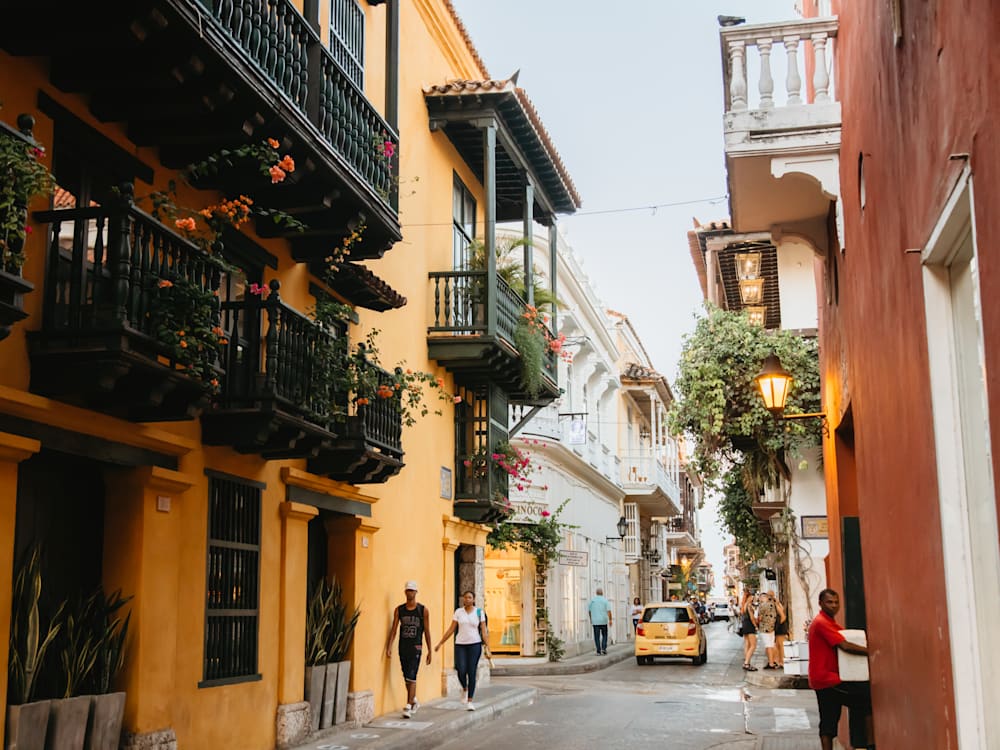
This, dear reader, is Cartagena, where the surreal lurks in the shadows of the everyday. A city where vines as thick as your arm encase crumbling, sherbet-toned mansions, where grass-green iguanas amble slowly through the parks and where palenqueras sway through the streets in full Afro-Colombian regalia, baskets of fruit balanced precariously upon their heads. Cartagena is a city where the magical and the mundane are easy bedfellows and where the truth, it seems, is stranger than fiction.
‘Surrealism runs through the streets,’ declared Gabriel García Márquez, Colombia’s most beloved novelist. ‘Surrealism comes from the reality of Latin America.’ Gabo, as he is known in these parts, would know – he spent his formative years as a journalist and lawyer in Cartagena and it is here, among these shady, flower-filled lanes and leafy, colonnaded plazas, that he developed his much-imitated style of ‘magic realism’, integrating elements of fantasy into otherwise realistic settings.

Founded by Pedro de Heredia in 1533, Cartagena de Los Indios was one of the most important Spanish colonial cities in the New World during the 16th and 17th centuries. Its maze of Crayola-coloured colonial houses, the UNESCO-protected Ciudad Amurallada, is deliberately confusing to navigate, designed to confound marauding Caribbean pirates.
Inside this walled city – a visceral playground of latticework balconies, samba-steeped bars and tumultuous street markets – the atmosphere is reminiscent of the heady, historic allure of old Havana. Cobbled streets clatter to the sound of horse-drawn carriages, moustachioed elders sip thick black coffee and the hypnotic beat of percussion permeates the air.
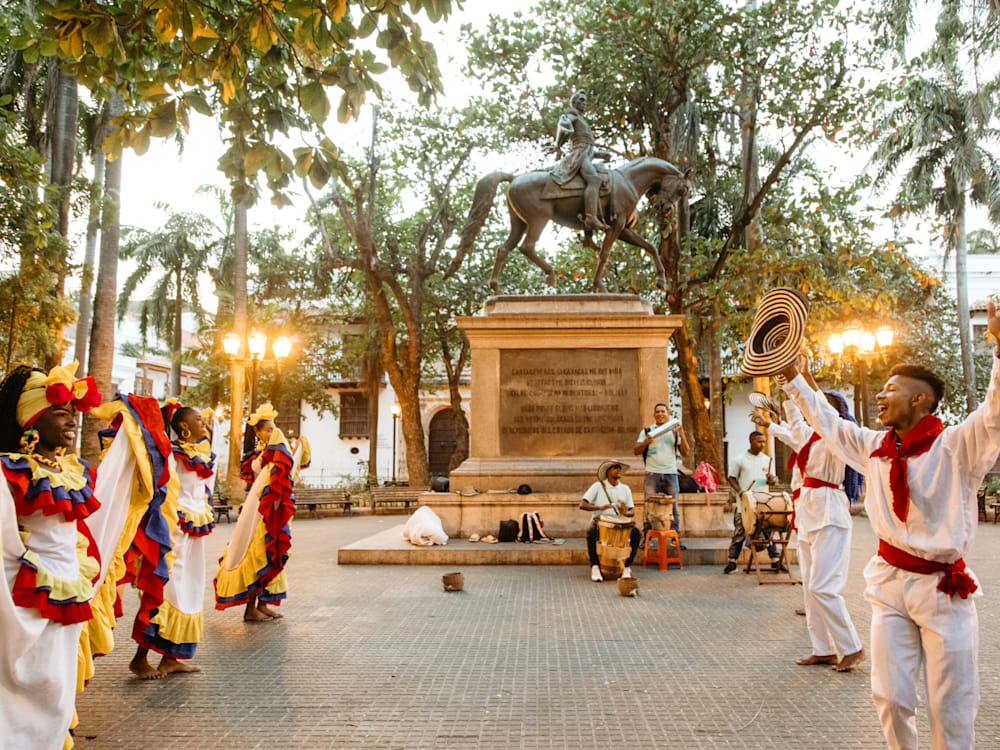
This steamy, sultry mezcla is Cartagena’s calling card, a siren song that is hard to resist. Yet for all its wonder, its vitality and its colour, this is a city that has endured countless years of pain, isolation and looting, as unimaginable wealth – some earned, much stolen – rode in and out on the waves of centuries. It is a duality that caused Gabo himself to muse that, ‘In spite of the oppression, the plundering and the abandonment, we respond with life’.
To the outsider, Cartagena appears culturally decadent, with a vibrant literary and artistic heritage steeped in folklore and mythology, along with a thriving contemporary allure. The city’s history is influenced by a blend of Indigenous, African, European and Caribbean traditions and its strategic location as a major port in the Caribbean made it a hub of cultural exchange. Many prominent literary figures and artists from the colonial period were drawn to Cartagena, when the city was known for its vibrant religious and secular art. Rafael Nuñez, a prominent Colombian poet, writer, and politician, was born in Cartagena in 1825. He is best known for both composing the lyrics to Colombia’s national anthem and serving as the country’s president.
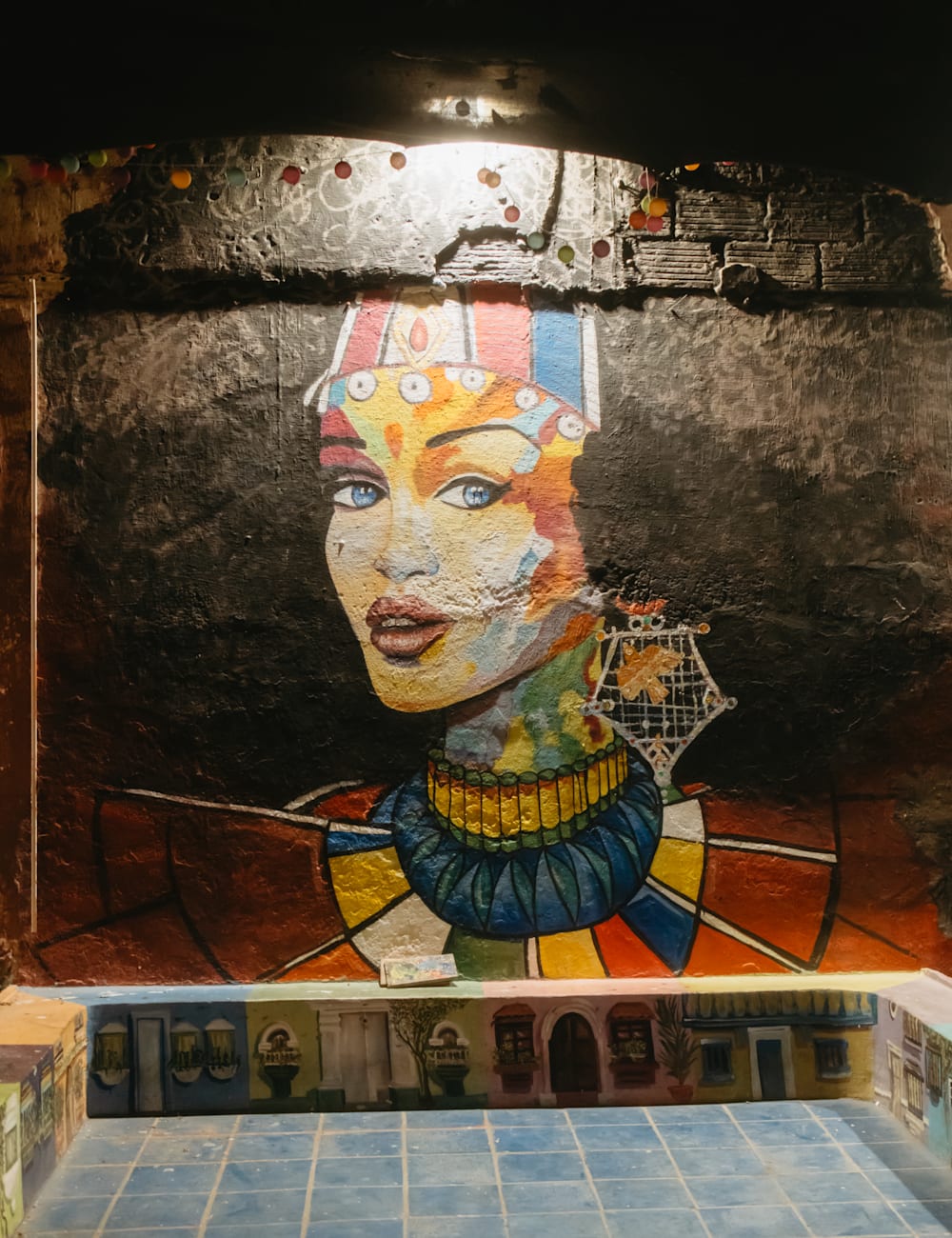
García Márquez was born in the nearby town of Aracataca in 1927. While not a native of Cartagena itself, his works, including Love in the Time of Cholera and Of Love and Other Demons, were heavily influenced by the magical realism of the Caribbean coast and Cartagena’s geography and historical context feature prominently in his writing. ‘All of my books have loose threads of Cartagena in them,’ Gabo once said. ‘And, with time, when I must call up memories, I always bring back an incident from Cartagena, a place in Cartagena, a character in Cartagena. There is always somebody or something from that city.’
Today, the city is in the throes of yet another cultural and artistic revolution, its flower-filled lanes and colonnaded plazas thronging with a bohemian, bookish set who flock to the city’s many libraries, literary salons and festivals – the Cartagena edition of the Hay Festival is now in its eighteenth year. In up-and-coming Getsemaní, a vibrant barrio just beyond the walls of the Old Town walls that’s quietly been repositioning itself as the city’s coolest counterculture quartier, we find the gritty, rum-soaked Cartagena that Márquez first fell for, along with a thriving art scene that encompasses galleries, museums and superlative street art.
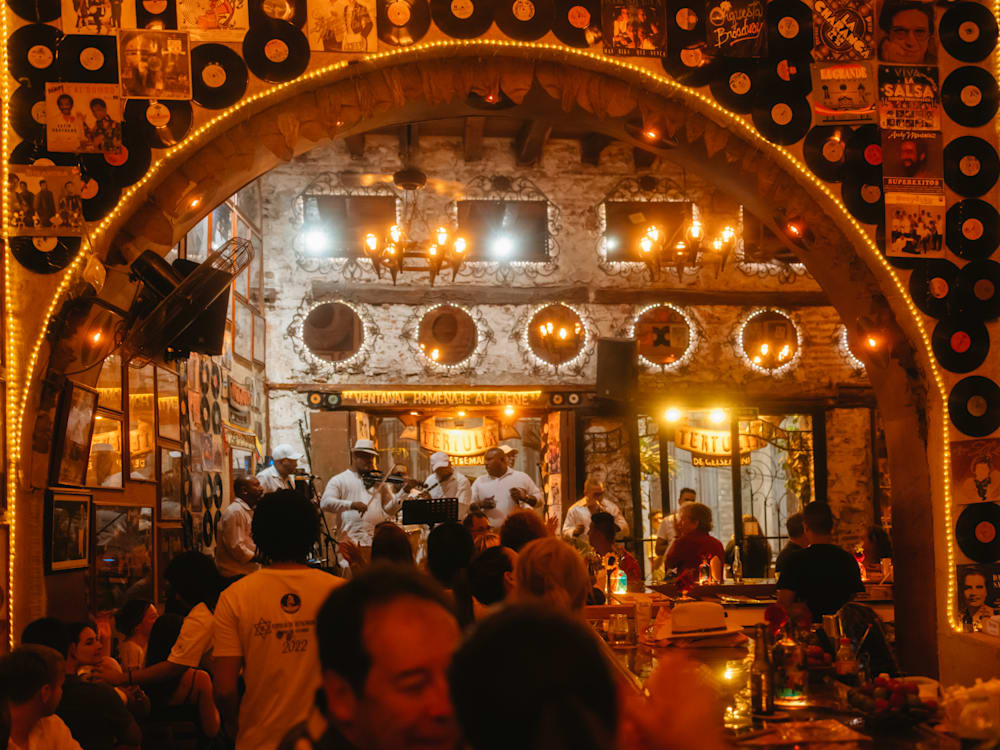
Getsemani is also home to some of the city’s most exciting places to eat, such as Celele, whose tropical-modern take on Colombian Caribbean – a cuisine that cherry picks from the region’s multi-layered Indigenous, Spanish and Caribbean heritage – just got voted one of Latin America’s 50 best restaurants.
Cartagena’s allure is abundant year-round, but it’s during the festive season that the city really ramps up the charm, as creaking wooden doors are flung open to reveal noble mansions where glitteringly wealthy old-world aristocrats throw equally glittering parties and dance until dawn beneath the Old Town walls.
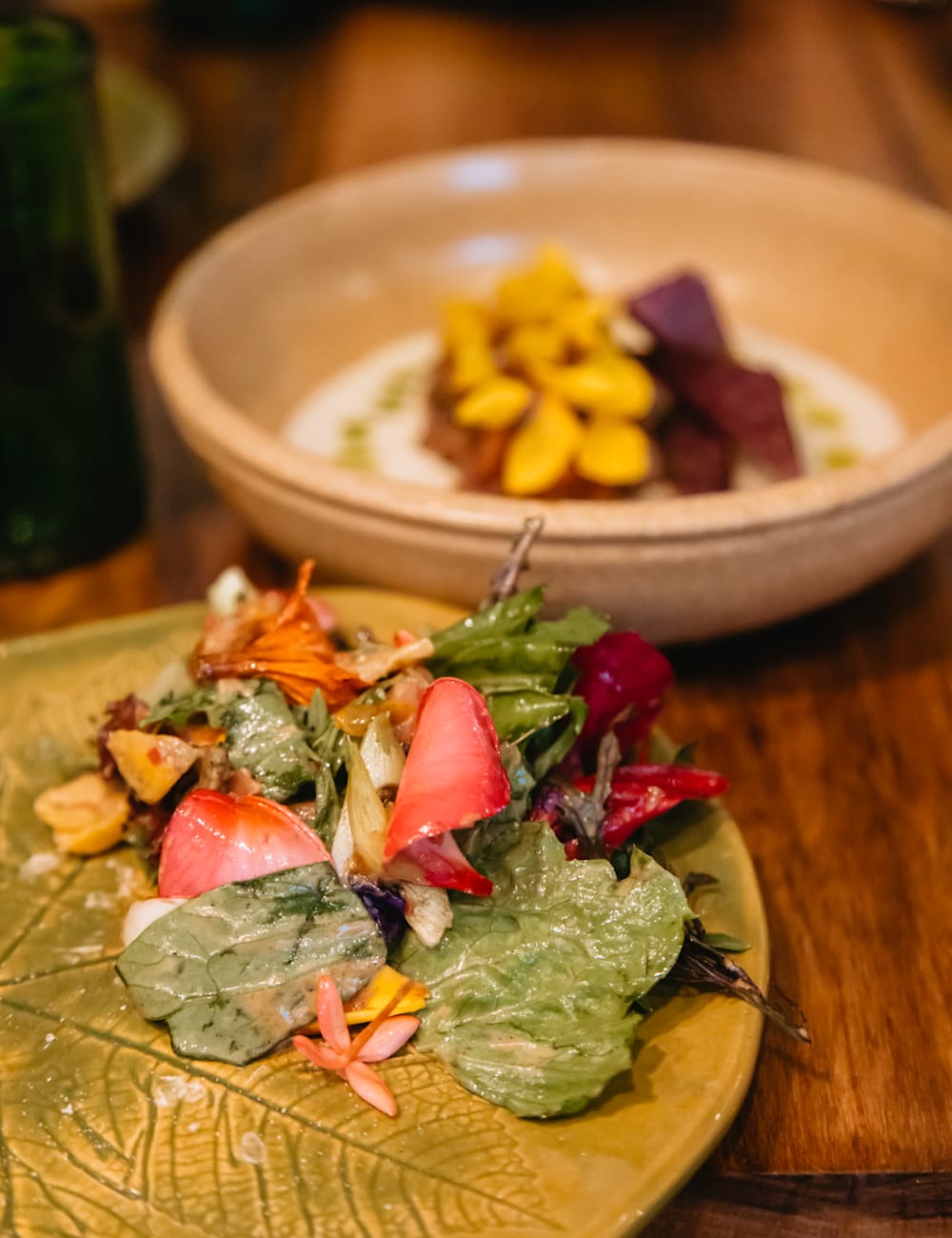
For creative director Yasmin Sabet, whose superlative Casa Manantial sits at the heart of Cartagena’s casco viejo, it’s the most thrilling time to visit. ‘I love December and January because all my friends and family visit during this time. It’s the best time to meet the locals! We spend long days by the pool and eat lazy lunches, then after a delicious siesta we might meet for a late supper at La Vitriola, which is one of those places I return to over and over again. It has live music and a real old-school tropical vibe and killer cocktails. That’s what Cartagena is about – a sensory mix of the old and the new.’
Sabet, who is half Colombian, half Egyptian and was raised between Cartagena and the USA, has created a home that is one of the city’s most extraordinary buildings, an achingly beautiful restored palacio that’s art-filled and luminous and steeped in colonial charm. Richly layered and endlessly eclectic, the house is stashed with antiques and objets d’art sourced on Sabet’s own travels, and is centred around a lush, foliage-filled courtyard where tropical ferns cast dappled shade on a discreet and elegant pool. Books are stacked high on tables and reading nooks abound, clad in antique textiles and pillows from indigenous artisans.
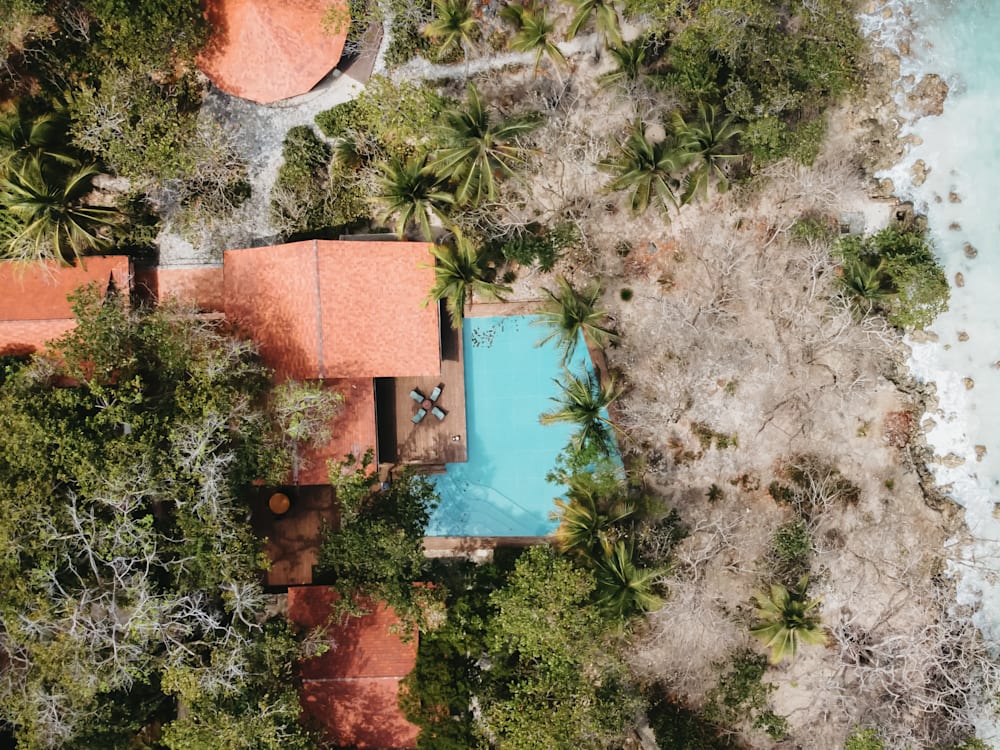
When all this sumptuousness becomes too much, Sabet’s guests can escape to the seas, hightailing it on her private boat to the tropical peninsula of Isla Barú, where the family’s waterfront Casa Ceiba awaits. ‘It’s a real paradise away from all the noise, an absolute escape and the place I relax the most. That whole coast is suffused with memories of my childhood and is like no other place I know, a totally different world to the city itself. To do one you really have to do the other.’
For me, it is precisely this dizzying dichotomy that defines this most dreamlike of coastal cities. Where riotous, rum-soaked barrios rub up against luxurious tropical backwaters, where the inexplicable and the intellectual go hand-in-hand and where, according to García Marquéz, ‘the city’s silence is diaphanous in the four o’clock heat, and through the bedroom window one can see the outline of the old town with the afternoon sun at its back, its golden domes, its sea in flames all the way to Jamaica.’
Find out more about Casa Manantial and Casa Ceiba
Maya Boyd is an award-winning Ibiza-based journalist, editor and brand consultant. She has written several books about Ibiza and Formentera, including Assouline’s best-selling coffee table book, Ibiza Bohemia, and is both the editorial director of L’Officiel Ibiza and a contributor at Condé Nast Traveller. She lives in the north of Ibiza with her husband and three children.

